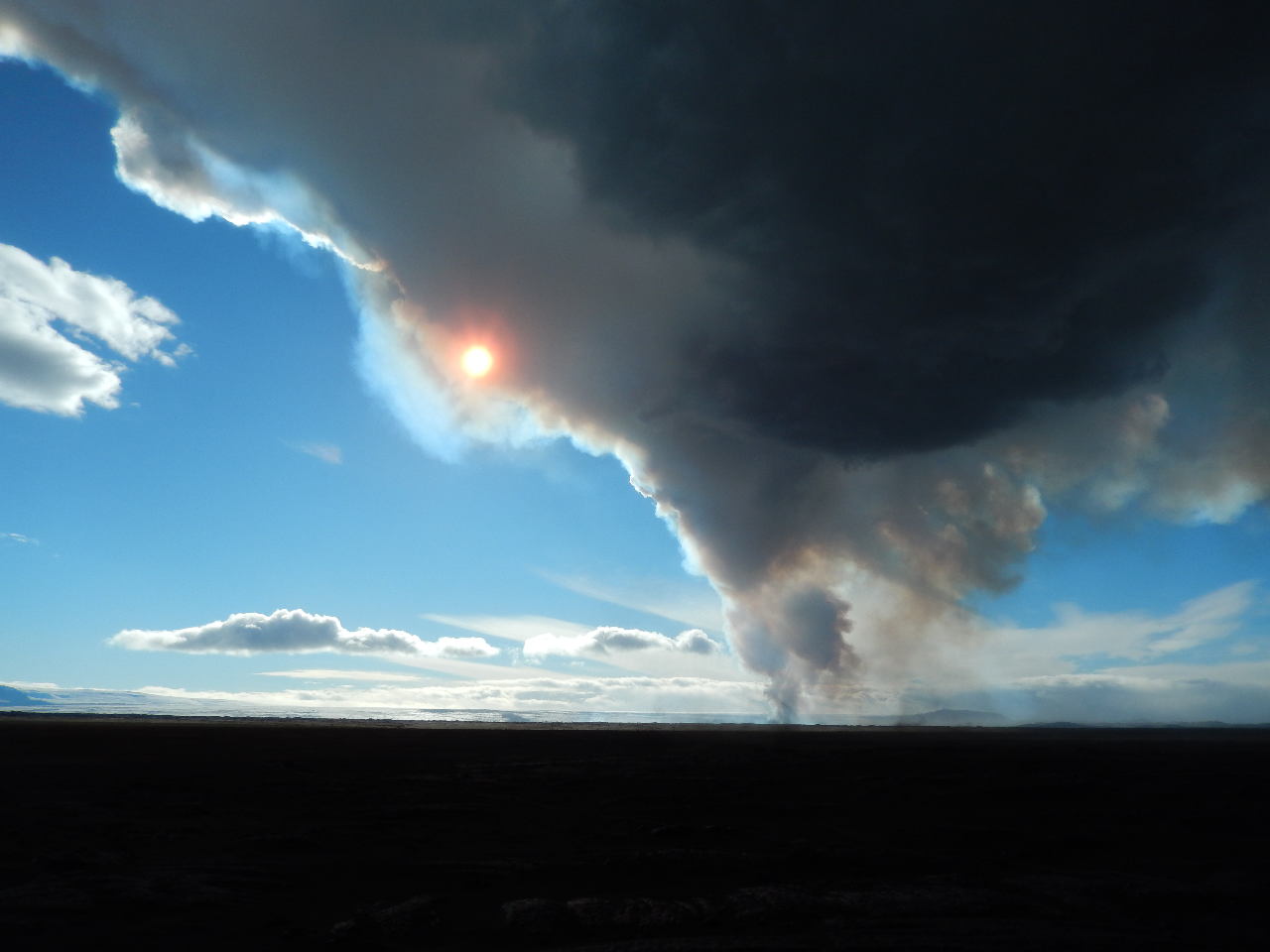Elbit Systems and Nicarnica Aviation are reporting a new milestone in efforts to develop a system enabling pilots to detect and avoid "invisible" clouds of airborne volcanic ash. The need for such a capability was highlighted by the Icelandic volcano eruptions in 2010 and 2011 which resulted in widespread grounding of commercial aircraft, primarily due to the risk of damage to aircraft engines by abrasive particles, potentially resulting in engine shutdown in flight.
Elbit and Nicarnica say they have successfully performed ground trials demonstrating detection of volcanic ash using the ClearVision Enhanced Vision System (EVS). During the trials, the system is said to have demonstrated unprecedented volcanic ash detection capability. The companies say that the trial findings verify that the final product will achieve a successful detection at a range of 100km in sufficient time to allow pilots to avoid the no-fly zone affected by the presence of volcanic ash.
The modified design was funded by the Eurostars programme – a joint programme between EUREKA (the intergovernmental organization for pan-European R&D funding and coordination) and the European Commission which supports international innovative projects led by R&D-performing SMEs.
In June 2015 Elbit Systems and Nicarnica’s cooperation on volcanic ash detection, was approved by the Eurostars programme using Elbit’s ClearVision EVS with Nicarnica’s volcanic algorithms. The funding of the project is supported by Eurostars, the Norwegian Research Council (NRC) and the Israeli Chief Scientist (OCS).
Nicarnica Aviation is a spin-off from the Norwegian Institute for Air Research (NILU) specializing in infrared and ultraviolet remote sensing technologies. The company focuses on the detection of volcanic ash from ground based and airborne sensors.
Its AVOID (Airborne Volcanic Object Imaging Detector) technology was already in the news in 2013 when the company partnered with easyJet and Airbus to perform trials involving a small cloud of fine ash released into the atmosphere by an Airbus A400M. AVOID’s sensors, mounted on an A340, captured the volcanic ash cloud from a distance of 50 km. Airbus concluded that, in time, AVOID sensors could be integrated into aircraft systems to inform pilots of ash presence at up to 10 km ahead.

